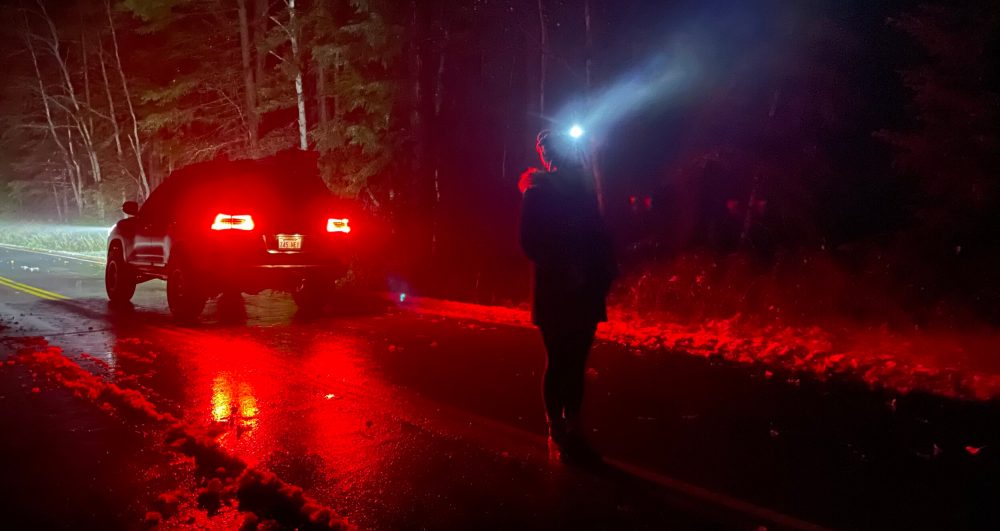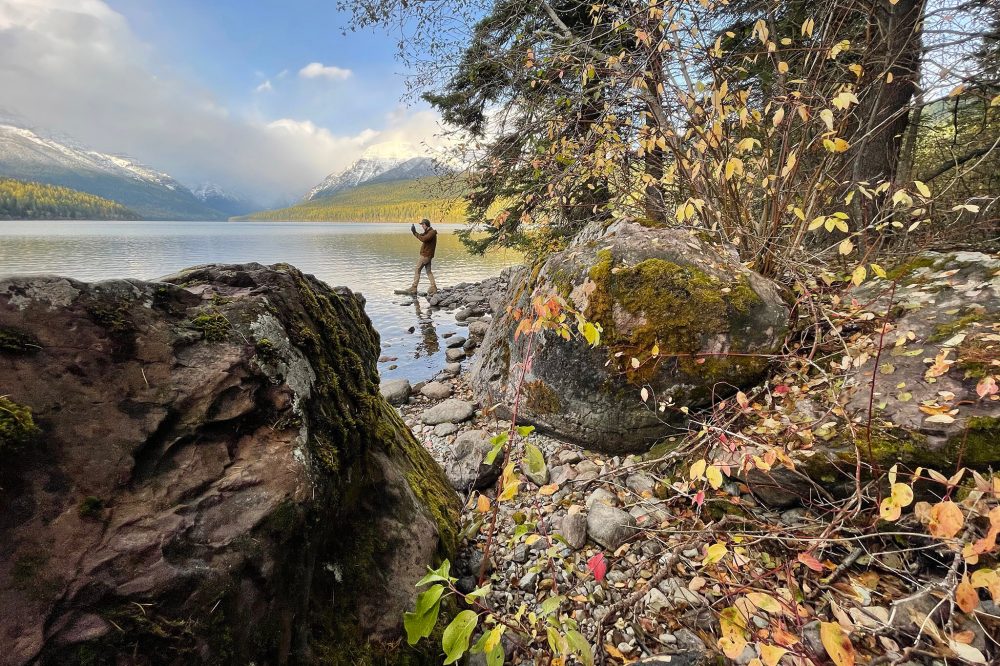
Every year, travel photographer Austin Mann shares an in-depth look at the latest iPhone camera improvements. This year, Mann has put the iPhone 12 Pro to the test at Glacier National Park in Montana, offering a look at the triple-lens camera and LiDAR sensor perform in conditions ranging from bright and sunny to dark and snowy.
The first thing to note here is that the iPhone 12 Pro’s camera upgrades are primarily driven by software improvements, along with the LiDAR Scanner. The iPhone 12 Pro Max gets a significantly larger wide camera sensor, but it’s not yet available to try out.
Mann writes that the addition of Night mode support for the ultra wide sensor is one of the biggest changes this year:
I love shooting super wide with any camera, so when the iPhone 11 Pro introduced the Ultra Wide lens last year, I was stoked. While I really love the perspective, I found the quality of the Ultra Wide wasn’t up to my standards when shooting in medium- to low-light conditions, so I only used the Ultra Wide in bright, daylight conditions.

Elsewhere, Mann praises locked exposure adjustment, which means that exposure adjustment doesn’t revert back to auto mode every time a pictured is captured:
An example of a perfect use for something like this is shooting in snow. Most cameras determine their auto exposure based on averaging the light in a scene, which means if you have a ton of bright light in your frame (like from snow), the meter will average this out and make the bright parts more gray by default. To compensate for this, most photographers adjust their exposure up 1 to 2 stops to get closer to true white in the frame.
As for the LiDAR scanner, Mann says that he used Portrait mode with Night mode to capture the below portrait, and the LiDAR helped lock in on the subject.
As you can imagine, there was definitely some camera shake and movement with this unstable setup but thanks to a little Night mode computational wizardry, better OIS, faster ISO, and of course LiDAR, Esther is still sharp and surprisingly color accurate.
The LiDAR worked great here — I realized later I never once messed with the focus it was just locked in on her face the whole time. Also, creating an accurate depth map around the furry hood seems like it would be really complex, but the iPhone 12 Pro did a great job.

Ultimately, however, Mann says that if you’re serious about iPhone photography, you should absolutely wait for the iPhone 12 Pro Max next month:
The iPhone 12 Pro is a solid camera, and thanks to a bunch of new digital tech I found it to be slightly stronger than the already great iPhone 11 Pro — but if you are serious about photography with your iPhone, wait for the iPhone 12 Pro Max. It looks to be the most significant jump in iPhone camera hardware we’ve experienced in years, and it’s only three weeks away.
As always, Mann’s full breakdown is well worth a read and can be found on his blog right here. The review includes some tips and tricks for iPhone photographers, wishes for future iPhone camera hardware, and more.
Looking to trade in your iPhone/upgrade to iPhone 13?
FTC: We use income earning auto affiliate links. More.








Comments